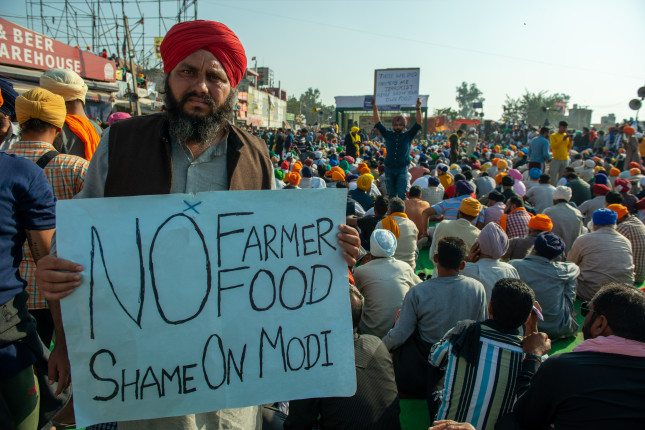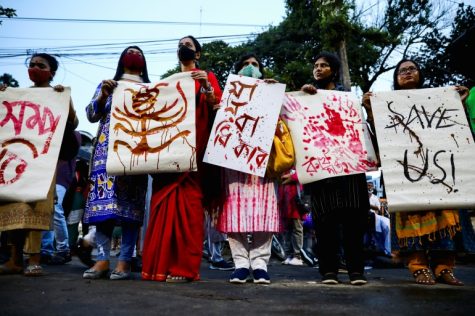Why Are Farmers in India Protesting?
April 19, 2021
Since late 2020, farmers in Punjab, India, have been taking part in one of the largest organized protests in history. The origins of these protests are rooted in Indian farmers’ discontent and their objection to three major agricultural reforms passed by Prime Minister Narendra Modi and the Indian government. These reforms have been referred to as a “death warrant” for farmers in this agriculture-based nation and have potentially destructive implications.
Agriculture in India is based on the “mandi system,” in which small local farmers sell their produce to mandis, or agricultural markets, where commission agents then negotiate sales, deals, and distribution to larger private businesses. When small farmers sell their produce to commission agents, they receive the “MSP” or minimum support price, which is a guaranteed and often their main source of income. As expressed by Shreya Sinha of the Hindustan Times, “The mandi system is the lifeblood of Punjab’s agricultural, even small-town economies…its importance to agricultural life…cannot be overstated.”
The main concern voiced by the farmers’ protests has been the potential decline of the mandi system due to the implementation of these three new reforms. As described by BBC, the reforms allow small farmers to sell goods directly to private buyers, such as large-scale businesses and supermarkets. This completely omits the need for the ‘middlemen,’ the commission agents, thereby eliminating the MSP for small farmers. Many wonder why farmers don’t just continue to sell to commission agents. BBC explains that private businesses may initially propose better prices to attract farmers, but after the majority of small farmers turn to private buyers and the mandi system significantly declines, the farmers will be exploited. Private businesses will lower the prices they are willing to pay, and even if small farmers do not agree, they will have no mandi system to turn to and will have no choice but to cooperate. In this situation, not only will farmers receive less money for the produce they are selling, but they will no longer have an assured income from the MSP.
As a result of these crippling reforms, protests have erupted throughout India and the world. A “bharat bandh,” or a national strike, has continued since the introduction of the reforms and shows no sign of stopping, unless the bills are repealed or farmers receive legal assurance that the minimum support price will not be removed. According to CNN, some protests in India have involved up to 100,000 people through hunger strikes and labor strikes- a relatively peaceful but dramatic form of civil disobedience. In some cases, however, violent altercations with Indian law enforcement have erupted, and CNN reports that around 147 Indian protestors have died in the bharat bandh.
Although the bharat bandh has gained media coverage throughout the world by well-known sources such as CNN, NPR, BBC, and more, the movement has not gained as much attention as other large protest movements have. According to CNN, the Indian government has limited the spread of information about protests through restricting internet access, arresting and threatening activists and journalists, and blocking certain social media accounts.
The introduction of these reforms as well as the response to protests has displayed the corruption of the Indian government and Prime Minister Narendra Modi, once again. Small farmers have been marginalized and labeled as undemocratic for fighting for their rights. However, with a history of deep social stratification in India, these protests have united millions of Indians, regardless of religion, social status, political beliefs, and more. The situation in India is a microcosm of the world’s pressing problems such as abuse of power and suppression of the poor and their basic human rights.






